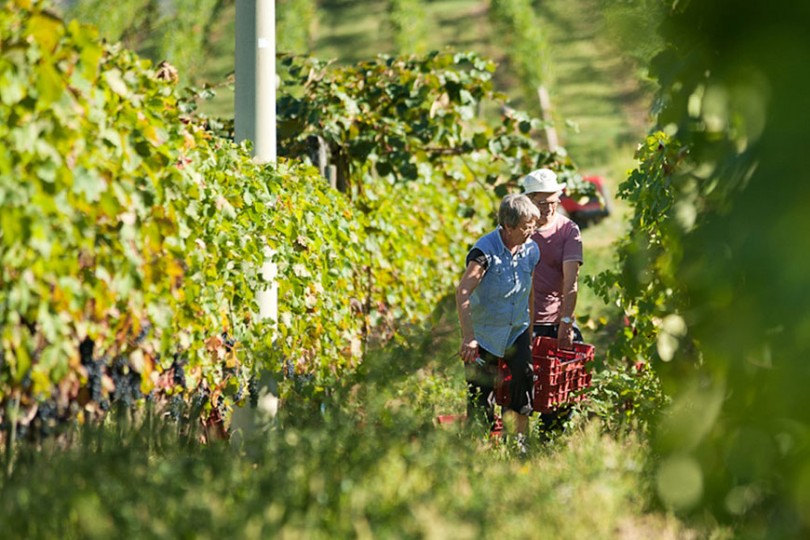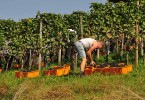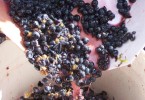The right moment for the grape harvest
It is the moment to celebrate one of the most ancient and fascinating agricultural practices of the world.
Grape harvest means the process of picking the grapes to produce wine. The grape harvest occurs in the northern hemisphere between the end of July and the end of October, whereas in the southern hemisphere it happens between February and April.
The essential element to start harvesting is, obviously, the perfect ripening of your grapes. To understand if the percentage of sugar in the grape is satisfactory, the must is analysed with the help of must meters and refractometers.
What influence the moment of grape harvest
The right moment for the grape harvest, however, depends also on other elements. When the latitude increases, for instance, the grapes ripen later; the opposite of what happens when the altitude increases. At higher heights, in fact, the sun heats more and thus the grapes have the possibility to ripen earlier.
LThe same happens during the exposure: the grapes exposed towards the south ripen earlier than the ones exposed towards the north. Also the type of grape is important as the white grapes can be picked earlier than the red ones, they ripen later.
The effects of the grape harvest on the wine
The moment of the harvest has great effects on the quality of the wine produced. As the grapes ripen, in fact, the quantity of sugar will increase to the detriment of the acidity.
Picking the grapes fully ripened, thus, means that you guarantee a sugary must when the alcoholic fermentation will occurs with difficulty. A greater quantity of sugar, thus, will produce a higher alcoholic volume. The level of ripening of the grapes, moreover, will affect the acidity of the wine, so that the aroma, that it will release: during the ripening phase, in fact, the aromatic components of the grapes will vary.
Harvesting earlier or later will mean, thus, that you choose to prefer some final notes instead of others.
“Special” grape harvest
The wine maker, thus, has to keep in mind all these variables to realize a grape harvest finalized to the production of a high-quality wine.
Often, to respect the ripening times of the vine, the winemaker can practice a progressive harvest: it means that the grapes are collected in different moments waiting that the bunches of grapes of every section of the vineyard are ripened.
It is important to remember that the producer can choose to delay the date of the grape harvest: when the grape reach its maximum dimension and the highest level of sugar there is a phases of over-ripening that cause a lost of water, the decreasing of the acidity and the concentration of the sugars.
This is the withering process that allows to obtain grapes useful for the vinification of Passito wines or Meditation wines.
The withering techniques can vary from region to region, from wine to wine: in some cases the withering occurs directly on the plant, cause the bunches of grapes whiter on the plant, after the twisting of the stalk.
Other times, after the harvest, the bunches are exposed to the sun, hanging on trellis or laying on mats, for some months, in order to increase the sugar concentration and give origin to the most requested and intense wines with their characteristic sweet and liquorish taste.







